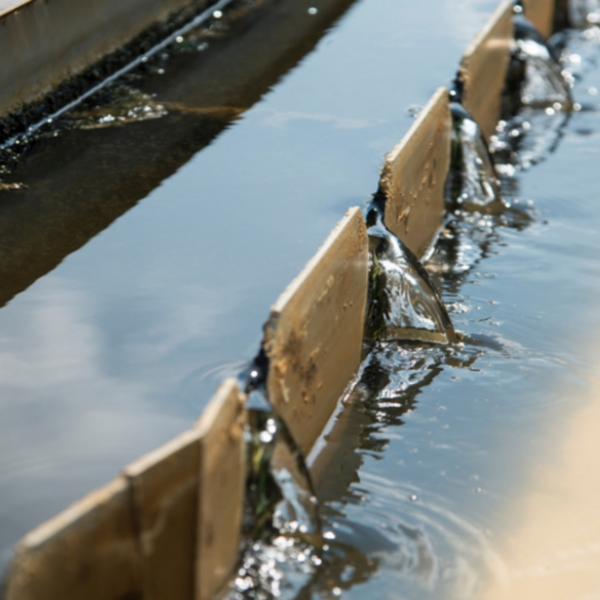Course Microscopic Analysis of Activated Sludge

Is there sudden leaching of sludge fragments from the clarifier and does this result in clogged sand filters? Or do you see reduced sludge settling or sludge dewatering? Does the system indicate increased concentrations of particulate COD, nitrogen and phosphorus in the effluent? Or is there an unexplained increase in dissolved COD, ammonium or phosphate?
Anyone who regularly comes into contact with wastewater treatment plants will be fully aware of these types of disruptions. The specific issue may be due to various reasons and this implies that various solutions are possible. Trial and error may be an option to deal with the situation, but surely you would prefer a more targeted approach to resolve such problems. This means that it is essential to identify the cause correctly!
A microscopic analysis of the quality of biological sewage sludge is the ideal means to enable you to take specific measures. A microscopic analysis will also help you to monitor the stability of the treatment process, so that timely and preventive adjustments can be made.
During this course, you will develop the skills needed to conduct and correctly interpret microscopic analyses of aerobic sludge. Practical case studies are used to evaluate process management at actual treatment plants.
Learning outcomes
- You are able to prepare a sludge sample
- You can operate a microscope correctly
- You are able to obtain a microscopic image of the sludge sample
- You can use this to detect the cause of possible issues (reduced settling, sludge leaching, sludge mineralisation, etc.)
- You can interpret the microscopic image
- You can translate this into effective wastewater treatment measures
- You are able to periodically monitor the wastewater treatment processes and recognise the first signs of problems before they can actually be detected with the naked eye.
Course contents
Preparing a sample and operating a microscope correctly
In this section, you will learn how to prepare a sludge sample for microscopic analysis. Once the sample has been prepared, you will learn how to operate a microscope correctly. This is important to enable you to analyse the image of the sludge in a correct way.
To ensure you acquire all the practical skills, we provide various microscopes and the necessary supervision for analysing the sample.
Interpreting the obtained image and specific solutions
Based on various cases, you will learn what a microscopic image can tell you about the state of the sludge. This means that you will learn to assess the quality of the sludge. We will also recommend specific preventive and remedial solutions to enable you to intervene where necessary.
This microscopic image clearly shows that the sludge settling has destabilised. Did you know that this problem can be resolved with a number of specific measures?

Method
This practical course lasts a whole day and is taught by specialists with years of experience in interpreting microscopic images of sludge samples.
We pay particular attention during this course to practising analysis. For this reason, participants may also bring their own sludge sample for the practice sessions. At the end of the course, participants will receive a training certificate (6 hours), which is also valid as a periodic training course for environmental coordinators.
Practical information
- Date: December 5
- Course duration: 6 hours
- Location: Witteveen+Bos Belgium N.V. - Gentbrugge (De Punt)
- Cost: EUR 675.00, excluding VAT
- Maximum number of participants: 6
- After the course you receive a certificate in environmental coordination
If you are interested in this course or would like more information, please contact Kristof Van Acker on +32 (0) 473 13 63 81 or by email. Download all details regarding the General terms and conditions. Participants may be eligible for educational financial support by means of the SME e-wallet. Witteveen+Bos’ certificate number is DV.O229170.
More information?




